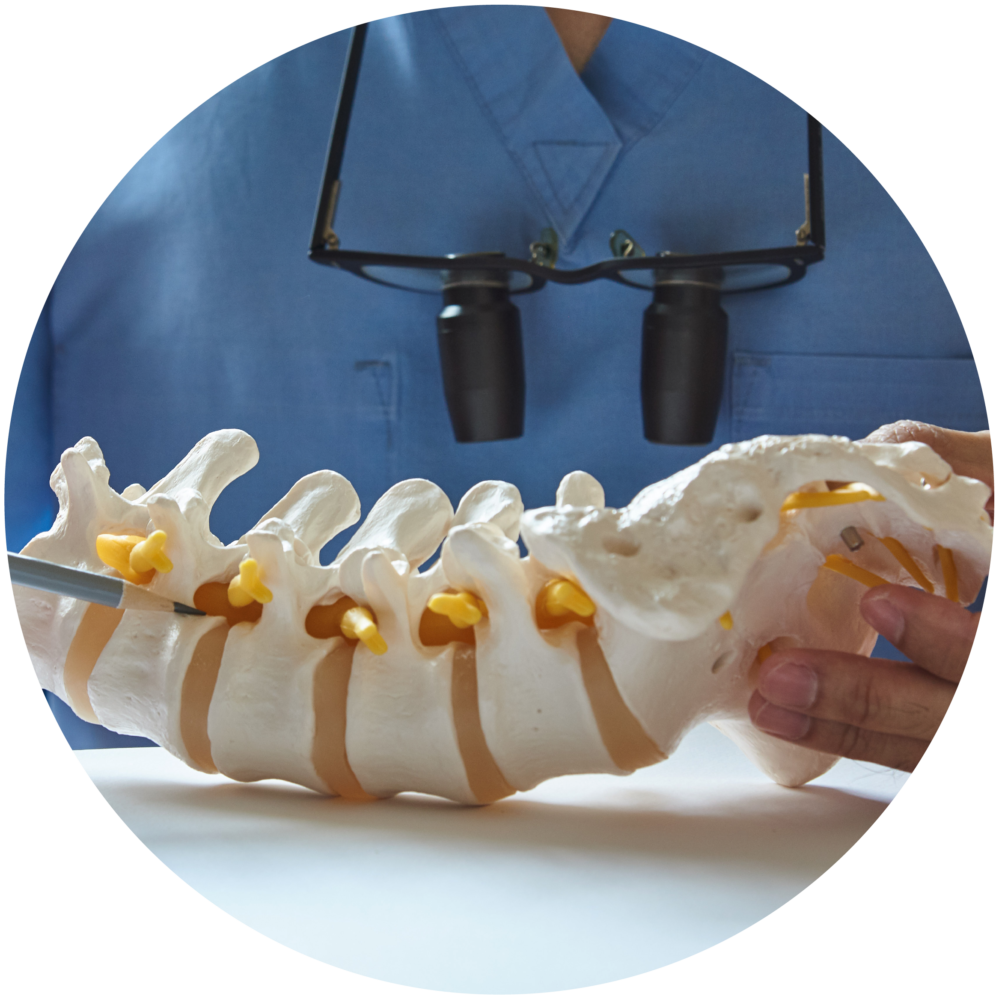RELIABILITY AND VALIDITY OF THE SPINAL CORD INDEPENDENCE MEASURE 4TH VERSION IN A MULTI-CULTURAL SET-UP
Aheed Osman (Principle Investigator), Naveen Kumar, Joy Chowdhury, Srinivasa Budithi and Pedro Silva
Midland Centre for Spinal Injuries (MCSI), Oswestry
Funding / Sponsor: RJAH
GROUP: Department of Spinal Rehabilitation, Loewenstein Rehabilitation Hospital, Raanana, Israel; Sackler Faculty of Medicine, Tel-Aviv University, Tel-Aviv, Israel; School of Mathematical Sciences, Tel-Aviv University, Tel-Aviv, Israel; 4Indian Spinal Injuries Centre, New Delhi, India; Istituto Auxologico Italiano, IRCCS, and Università degli Studi, Milan, Italy; Department of Neurological Rehabilitation, The Chaim Sheba Medical Center, Tel Hashomer, Israel; Physical Medicine and Rehabilitation Institute,Udine, Italy; Unita’ Spinale – Ospedale C.T.O. Rome, Italy; The Spinal unit, Careggi Hospital, Florence, Italy; Montecatone Rehabilitation Inst., Italy; Department of Rehabilitation Medicine, University Third Hospital, Peking, China; CMRRC-RP, Rovisco Pais Hospital, Portugal; Universidade de São Paulo, São Paulo, Brazil; Department of Physical Medicine and Rehabilitation, Christian Medical College, Vellore, Tamil Nadu, India; Department of Physical Medicine and Rehabilitation, SMS Medical College & Associated hospitals, Jaipur, India; Institut de réadaptation Gingras-Lindsay-de-Montréal, Canada; The Ottawa Hospital Rehabilitation Centre, Ottawa, Canada; St Olav University Hospital, Department of Physical Medicine and Rehabiliation, Spinal Cord Unit, Trondheim, Norway; Department of Innovation, technology and e-health, Sunnaas Rehabilitation Hospital HF, Nesoddtangen, Norway; Rigshospitalet, Copenhagen, Denmark; Istanbul Physical Medicine and Rehabilitation Center, Turkey; Robert Jones & Agnes Hunt Orthopaedic Hospital, Oswestry, UK.
Objective: To examine the fourth version of the Spinal Cord Independence Measure IV for reliability and validity.
Design: Partly blinded comparison with a criterion standard Spinal Cord Independence Measure III, and between examiners and examinations.
Setting: A multi-cultural cohort from 19 spinal cord injury units in 11 countries.
Participants: Six hundred and forty-eight patients with spinal cord injury.
Intervention: Assessment with Spinal Cord Independence Measure (SCIM IV) and Spinal Cord Independence Measure (SCIM III) on admission to inpatient rehabilitation and before discharge.
Main outcome measures: SCIM IV inter-rater reliability, internal consistency, correlation with and difference from SCIM III, and responsiveness.
Results: Total agreement between examiners was above 80% in most SCIM IV tasks, and all Kappa coefficients were above 0.700 and statistically significant (p<0.001). The coefficients of Pearson correlation between the examiners were above 0.898, and Intraclass Correlation Coefficients were above 0.898. Cronbach’s alpha was above 0.960 for the entire SCIM IV, above 0.658 for the subscales, and usually decreased when an item was eliminated. The reliability values were lower for the subscale of respiration and sphincter management, and on admission then at discharge. SCIM IV and SCIM III mean values were very close, and the coefficients of Pearson correlation between them were 0.912-0.962 (p<0.001). The responsiveness of SCIM IV, was not significantly different from that of SCIM III, in most of the comparisons (p>0.076). Differences in responsiveness were significant, in the assessment of a single item by each examiner, in which 11.7% or 3.8% of the patients improved in the assessment with SCIM IV less than with SCIM III.
Conclusions: The psychometric properties of SCIM IV are good and quite similar to these of SCIM III, and SCIM IV can be used for clinical and research trials, including international multi-center studies, at least as safely as SCIM III.
Recruitment started on 08/03/2018.
Target was 30 patients.
33 patients were recruited from Midland Centre for Spinal Injuries.
The study has been accepted for publication in a peer reviwed journal.
